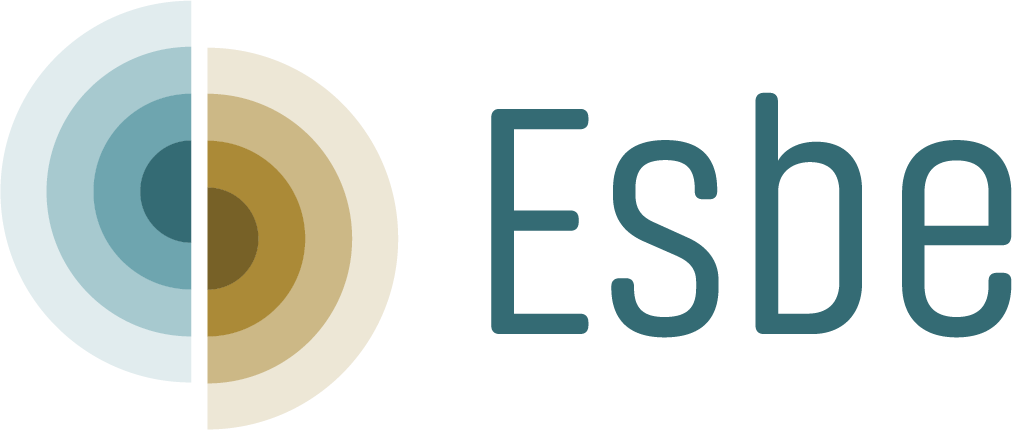Diagnostics
Organizations rely heavily on information they can gather to make informed decisions. Specifically when it relates to identifying possible gaps for opportunities or when looking for changes that can help propel organizations forward. Being able to diagnose issues accurately is what gives organizations an opportunity to create a competitive advantage or to be passed up by its competitors.
Years ago I was helping a team that had misused diagnostics and spent over $100k on a solution to a problem that didn’t exist. This was because they entertained the idea of purchasing content for leadership development based on industry norms and common struggles others were facing. This isn’t true diagnostics, and while it’s very valuable to know industry wide gaps, the local diagnostics are what keeps people supported and committed in their roles.
Many organizations go through these expenditures and exhaust their efforts with minimal gains and no sustainability. It’s not fully their fault as the world of diagnostics, particularly in organizational development, are topical and tend to follow social trends rather than organizational trends. You shouldn’t want the popular trends that are being trained… you should want the trends from your organization’s needs to be the areas of focus for content development and deployment.
Back when the diagnostics were missed, I had them do a separate practice to interview multiple front line staff and ask them a simple question: “What makes you follow your leader?” The result was astounding as it was entirely different than what they were purchasing. By the way, they weren’t moving the needle in any way; however, it goes without saying that the responses to the value of the course were through the roof! Amazing how the training industry found a way to almost guarantee happy responses to a course!
What the people wanted was: respect, power to their voice, and opportunity. They purchased emotional intelligence, leadership basics, difficult conversations, and generational knowledge. As you can probably imagine, they had no measure associated with that content either.
When they saw the results from the interviews, they started to build that content, and saw a massive change in how people were responding to leaders who knew how to demonstrate respect to the level of followers’ needs, elevate their team’s voice, and how to discuss opportunities in their one-on-ones. What was even better is they created a measure based off of what was important to the people. Do you feel respected in your role? Do. Is your voice valued? Do you have a clear image of the opportunities you want and how to get those?
Diagnostics is a very artful and scientific approach to being able to isolate opportunities and execute on strategies to achieve those. Methods of diagnosing can range from interviews, surveys, metrics, focus groups, or through written letters. Either way, the focus should be on local diagnostics with the industry standards being a comparable. Never the reverse.
